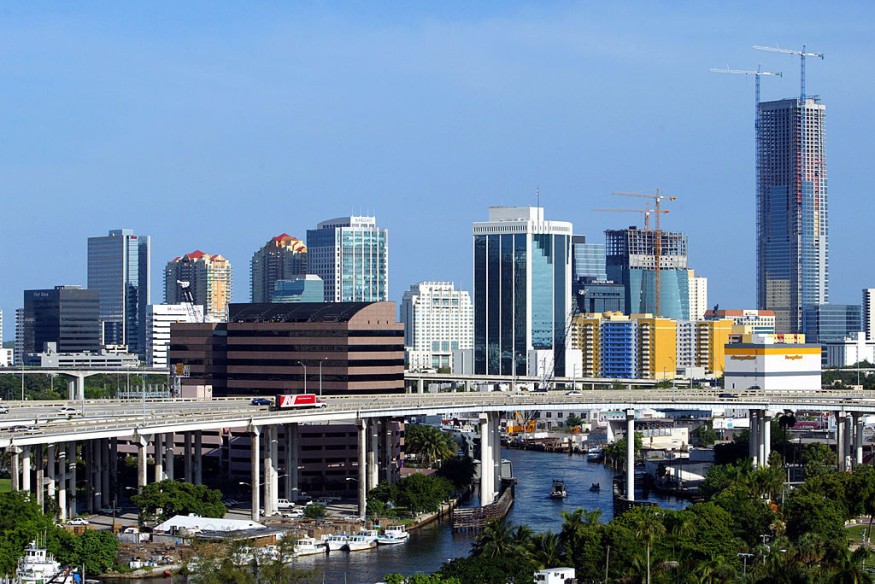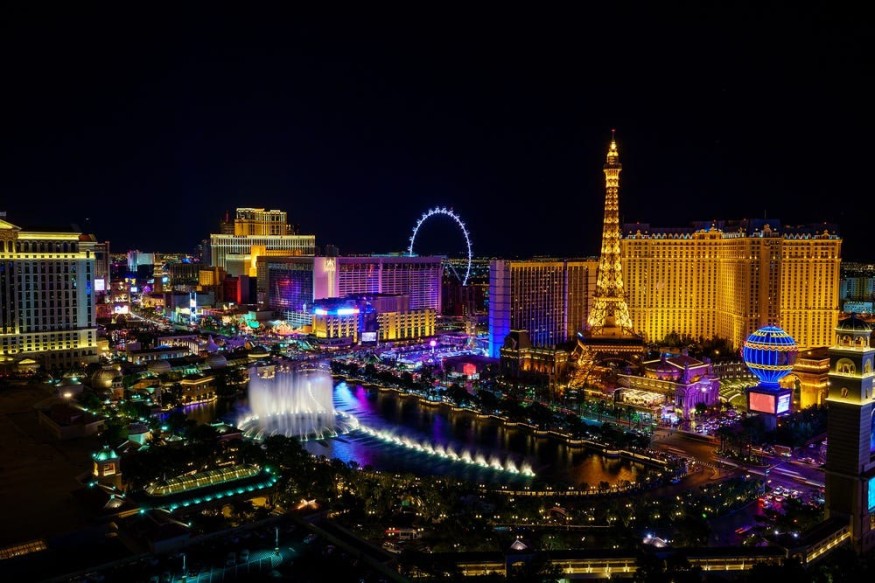Sustainable and resilient cities have adopted green infrastructure as a strategy for enhancing the lives of urban people while achieving sustainability and resilience goals. The sorts of initiatives that cities execute with long-term consequences on people and the urban environment are influenced by how green infrastructure is defined.

Reviewing Plans
According to a new countrywide review of 122 plans from 20 US communities, many plans fail to describe green infrastructure specifically, published in Frontiers in Ecology and the Environment. They tend to prioritize stormwater management over parks and bigger urban green areas, choosing constructed facilities over parks. The research is the first to look at how green infrastructure is used and defined in US municipal planning.
"Green infrastructure is broadly understood to be a good thing, but many city plans lack a clear definition of what it is. Hydrological definitions dominate. This narrow view can limit project funding and cause cities to miss out on vital social and ecological services that more integrative green infrastructure can provide," says lead author Zbigniew Grabowski, who completed the work as a postdoctoral associate at Cary Institute of Ecosystem Studies.
Modern Design

Landscape design in the nineteenth century gave rise to green infrastructure. This notion was initially wide, encompassing parks, trail networks, gardens, and other natural landscape elements that somehow help people and the environment. To comply with Clean Water Act rules, the US Environmental Protection Agency designated green infrastructure as a collection of best practices for stormwater management in 2007.
"While the landscape concept of green infrastructure includes stormwater management benefits, stormwater concepts rarely consider the broader landscape, which can mean lost opportunities for more expansive benefits, such as high-quality green spaces, management of diverse environmental risks, and improved urban public health," says coauthor and Cary Institute scientist Steward T.A. Pickett.
The team's statewide investigation explored: the sorts of city plans that define green infrastructure, how it is defined, and the roles and advantages of green infrastructure initiatives. Twenty medium to large US cities were featured, reflecting the different biomes. City plans (303) were gathered and examined for references to green infrastructure, with 122 qualifying requirements for examination. These comprised comprehensive/strategic, sustainability, watershed restoration, and climate plans.
Cities that were part of the assessment: Atlanta, Austin, Baltimore, Chicago, Denver, Detroit, Louisville, Miami, Milwaukee, New Orleans, New York City, Philadelphia, Phoenix, Portland, Sacramento, San Juan, Seattle, St. Louis, Syracuse, and Washington DC.
Among the team's findings: 39 percent of plans that allude to green infrastructure do not specify what it is. Of those who do, stormwater ideas prevail (59 percent ), followed by landscape concepts (17 percent ), 'integrative' - which blend stormwater and landscape concepts (15 percent ), and other (9 percent ). (9 percent ). Across plans including definitions, 57 percent had numerous distinct meanings, with a total of 153 unique definitions discovered, demonstrating that green infrastructure implies different things to planners across the US.
What Defines a 'Green Infrastructure'
What makes green infrastructure varies greatly as well. Six hundred ninety-three distinct forms of green infrastructure were discovered among GI classifications. Trees (90 percent), rain gardens (75 percent), 'other stormwater facilities' (55 percent), blue-green corridors (60 percent), and green roofs were the most typically incorporated elements in proposals (65 percent ). Green energy and alternative transportation technologies were included in several cities' definitions of GI.
Water quality, recreation, health, city livability, and property value are among the benefits of green infrastructure listed by municipal planning. Social advantages were the most typically listed in plans throughout cities, followed by environmental, economic, 'built environment' (to enhance or maintain existing built structures, such as a sewage or transportation system), and ecological benefits (to enhance or support existing built structures). Some cities additionally recognized more particular uses such as recovery from harsh weather catastrophes (e.g., Washington DC), new commercial prospects (e.g., Miami), and social regeneration (e.g., Atlanta).
The authors developed a synthetic definition of green infrastructure based on the breadth of concepts outlined in the 122 plans to guide future research and planning and assist cities and researchers in adopting a more comprehensive view of what green infrastructure entails and the benefits it confers.
A system of interconnected ecosystems, ecological-technology hybrids, and constructed infrastructures that provide contextual social, environmental, and technical functions and advantages is referred to as green infrastructure (GI). As a planning concept, GI emphasizes how different forms of urban ecosystems and constructed infrastructures interact to achieve socially agreed-upon objectives.
Environmental Resilience

To ensure these investments build environmental resilience in a way that benefits the lives of all urban residents, we've put forth a more comprehensive definition of green infrastructure to guide planning, policy, and practice - intending to facilitate these investments," says coauthor Timon McPhearson, a research fellow at Cary Institute and Director of the Urban Systems Lab at The New School.
Advocacy groups, communities, planners, scholars, and practitioners are working across the country to improve urban design to address equity and justice concerns. The study team built a website to assist these efforts, including detailed project results, resources, and suggestions for the 20 communities studied.
For more news update about Environmental Action, don't forget to follow Nature World News!
© 2025 NatureWorldNews.com All rights reserved. Do not reproduce without permission.





